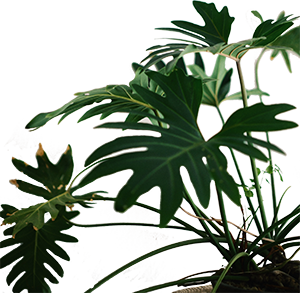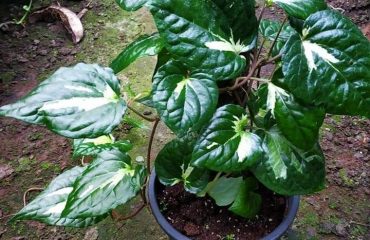How To Take Care Of Orchid Plants ?
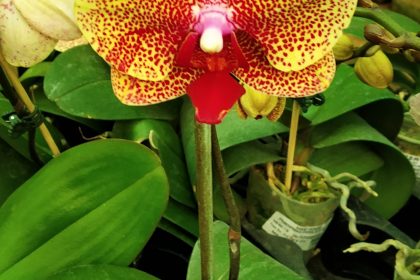
Do you have a Beautiful Orchids at home that you are not quite sure how to care for? Not to worry! We have created a comprehensive guide with detailed care instructions for orchids. While these unique blooms are definitely stunning, they can be difficult to keep healthy. Read below to learn why they are so particular and how to keep them thriving all year round
Orchids represent the largest family of flowering plants on Earth, with more than 25,000 species and over 200,000 hybrids. Their diversity is unparalleled due to their ability to adapt and the longevity of their lifespan. Fossilized orchids have been found dating back millions of years.
Orchid Facts:
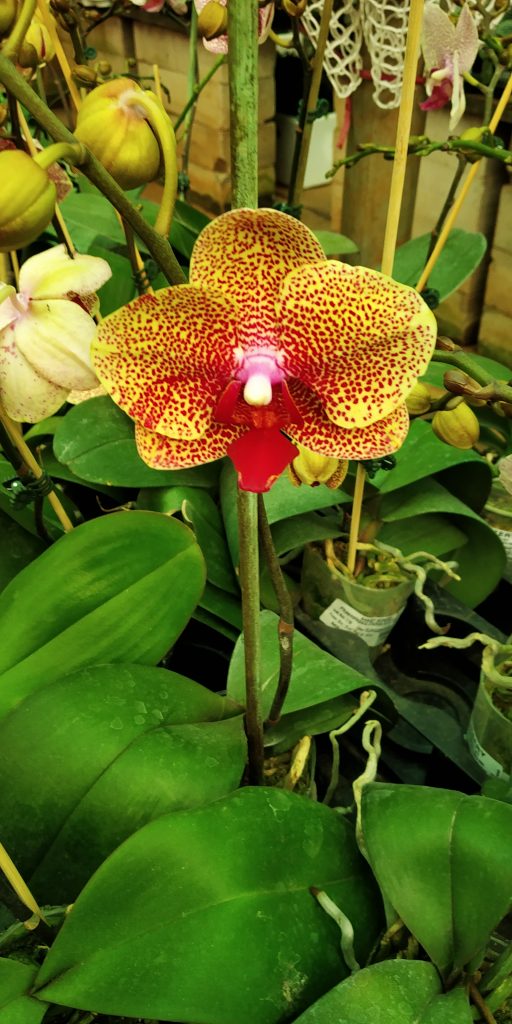
- Unlike many plants and animals, orchids can produce hybrids from two different species and also between related genera.
- Most orchids bloom annually, but if well-maintained they may bloom more often.
- Orchids usually remain in bloom for six to 10 weeks.
- Many orchids deal poorly with re-potting, and usually will not flower for at least a year after they have been disturbed.
- While many orchid variations exist, they share commonalities including bilateral symmetry, highly modified petals and extremely small seeds.
Basic Care Requirements
LIGHT
Orchids are very particular about light, especially indoors. Some prefer high light (unobstructed sunlight from a south-facing window) where others prefer low light (limited northern exposure).
If you are concerned about the amount of lighting your orchid is receiving, assess the leaves. Brown leaves indicate your plant needs less sun. Leaves that are deep green often require more light.
TEMPERATURE
Since most orchids sold as houseplants are native to tropical regions, they can be sensitive to drastic temperature changes. Pay close attention to the range your orchid needs. Both a high and low temperature should be maintained. The detailed care guide below will specify a healthy climate for each of the most common orchid types. For a simple reference, if you are too hot or cold, your orchid is likely too hot or too cold as well.
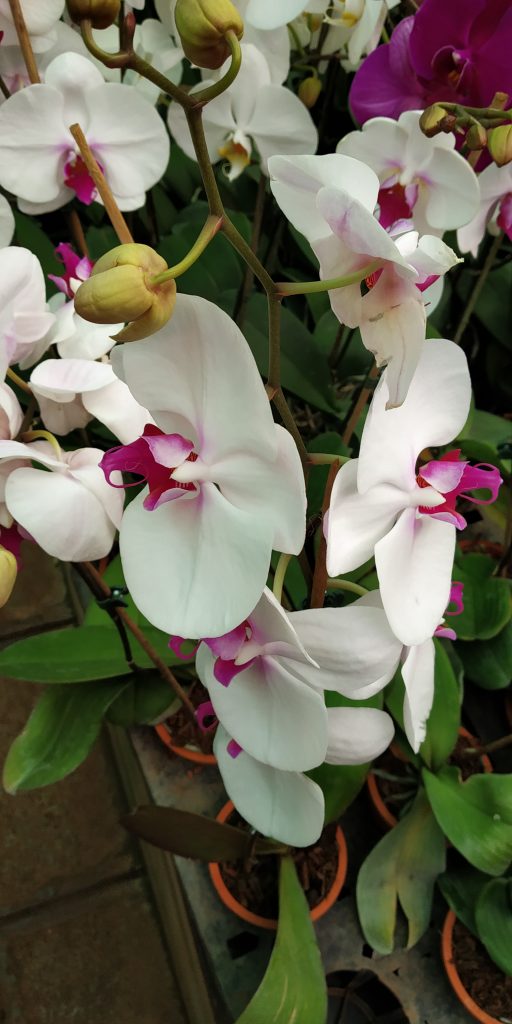
HUMIDITY
Tropical plants are accustomed to more humidity than the average living room. In order to keep your orchid healthy, place your potted plant on top of pebbles and add water. Air flow is also very important. Try adding a fan to the room if you notice your orchid deteriorating.
WATERING ORCHIDS
Orchids need to be watered differently than most plants because they are often planted in a bark mix rather than soil. Watering needs also depend on the type of orchid, pot, potting mix, humidity levels and light. Be sure to water thoroughly each time so the roots have a chance to absorb the moisture before it runs through the mix.
As a rule of thumb, drought-tolerant orchids, such as cattleyas, oncidiums and dendrobiums only need to be watered once a week. Other species should be watered every 4-5 days.
When watering, it is sometimes easiest to place the plant in the sink, letting room temperature water run over it for a minute or so. Leave time for it to drain completely and avoid distilled or salt-softened water.
FERTILIZING ORCHIDS
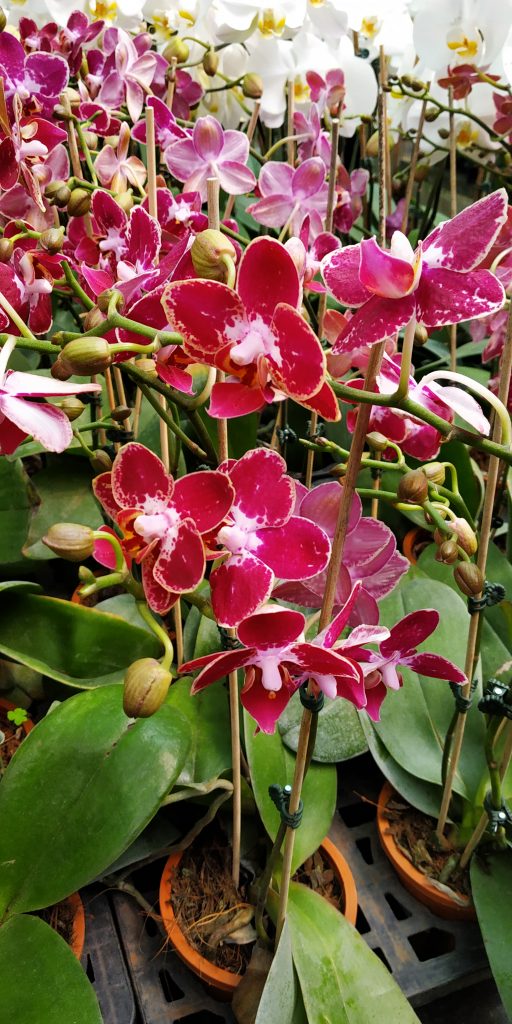
Similar to the other important care factors, fertilizing is specific to each species. Generally, growers recommend using 20-20-20 fertilizer weekly or monthly. If you choose to fertilize weekly, it’s important that you dilute the fertilizer (about one-quarter of the full strength) so as to not overfeed the plant. After the blooms have dropped off it’s still important to fertilize monthly or every other week.


